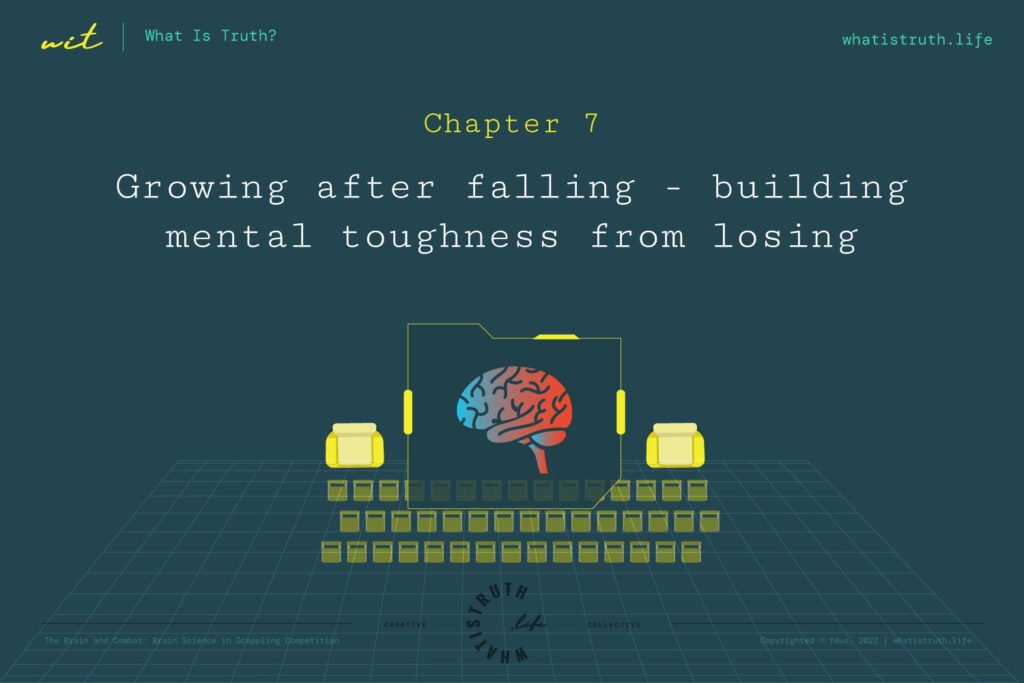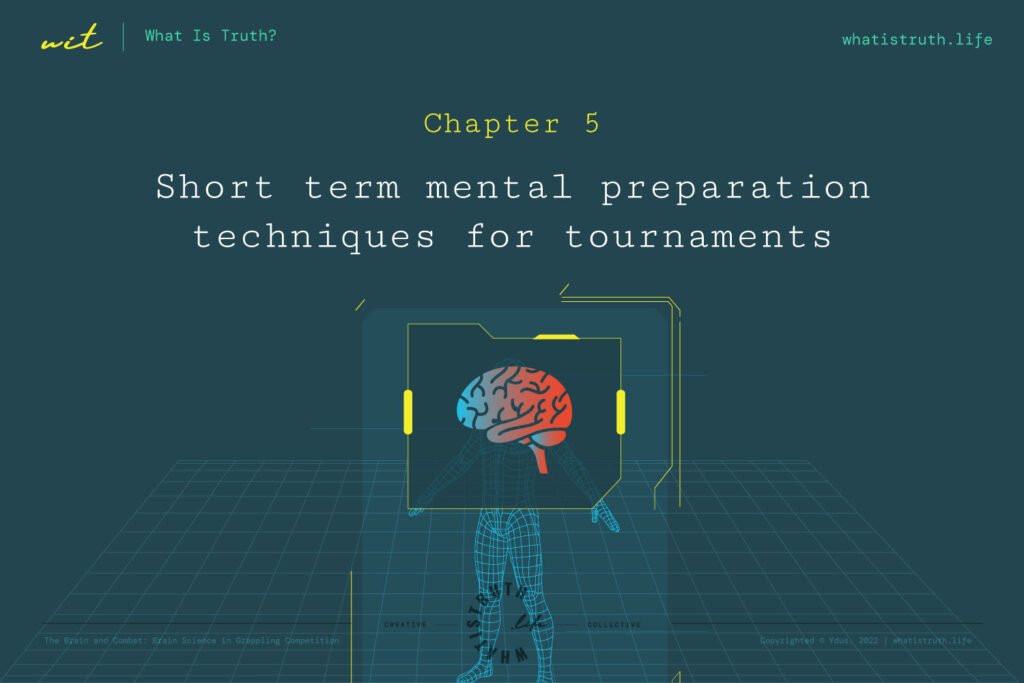Back
In the sixth chapter of The Brain and Combat series, you'll get to understand what might be the reason for you being stuck at a certain level in your competition journey, commonly referred to as 'so close but not quite there', or the silver plateau phenomenon.
We'll illustrate how the game changes from technical to psychological as you advance, how the demand of the games changes, and what you can do to keep progressing towards a championship.



